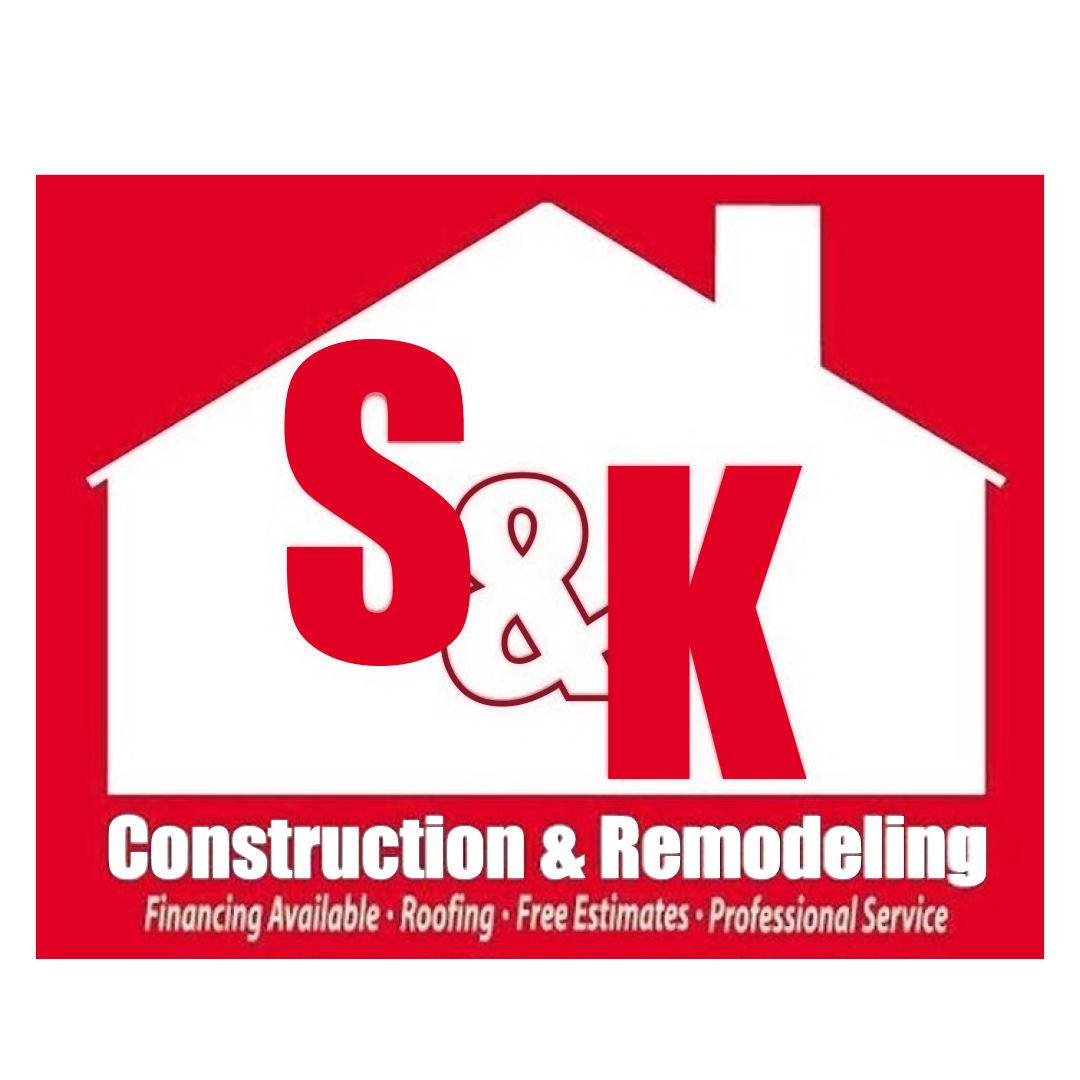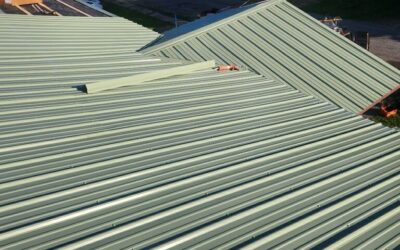What Is a Roof Ridge? Understanding the Key Component of Your Roof
When it comes to roofing, many homeowners are familiar with terms like shingles, gutters, and eaves, but one crucial element often goes unnoticed: the roof ridge. Whether you’re considering a new roof installation, performing maintenance, or just curious about the components of your roof, understanding what a roof ridge is can help you make informed decisions about your home’s protection.
In this comprehensive guide, we will explain what a roof ridge is, its functions, types of roof ridges, and its importance in the overall structure of a roof. We will also delve into how roof ridges affect the durability, appearance, and efficiency of your roof.
What is a Roof Ridge?
The roof ridge is the horizontal line at the peak of your roof where the two sloping sides meet. It is the highest point of a pitched roof and serves as a key structural component. Essentially, the ridge forms the top of the roof, providing stability and ensuring that the two sides of the roof are joined together.
In simple terms, the roof ridge is the “crest” of the roof, running parallel to the eaves, and typically houses the ridge cap. The ridge cap is a special type of roofing material that covers the ridge line, protecting the roof from weather elements, particularly wind and rain. Without the ridge, the roof would lack an essential structural element, which could compromise the integrity and functionality of the entire roof system.
Components of a Roof Ridge
While the ridge is a simple concept, it’s composed of several components that work together to ensure the roof functions properly. Let’s break down these parts:
- Ridge Beam: This is the central support beam that runs along the top of the roof, providing structural integrity to the roof. It is usually made of wood or steel, depending on the type of construction. The ridge beam supports the two sloping sides of the roof and helps distribute the weight of the roof down into the walls of the house.
- Ridge Board: This board runs horizontally along the ridge of the roof. It is a non-load-bearing board that serves as a place to attach the rafters (the sloping beams that support the roof). The ridge board is typically installed first and provides a guide for installing the rest of the roof structure.
- Ridge Cap: The ridge cap is the material that covers the roof ridge and protects it from the elements. It is designed to prevent water, wind, and debris from getting into the roof’s interior. Ridge caps are typically made of materials like shingles, metal, or tiles that match the rest of the roofing material.
- Hip or Valley (in some roof types): In certain roof styles, such as hip roofs, there may be a combination of ridge and valleys (the intersection points where roof planes meet). The ridge can meet the valley at a specific angle, creating a more complex roof structure that requires additional sealing and protection to prevent water infiltration.
Functions of a Roof Ridge
The roof ridge plays an essential role in the overall performance of the roof. Here’s a breakdown of the primary functions of the roof ridge:
1. Structural Integrity
The roof ridge helps provide the necessary support to the roof structure. It is the point where the two roof slopes meet, and it helps distribute the load evenly across the roof. The ridge helps maintain the shape and pitch of the roof, ensuring that the roof remains stable and aligned over time. Without the ridge, the roof would lack the necessary support to resist weather elements such as snow, rain, and wind.
2. Water Drainage
Proper water drainage is a critical function of any roof, and the ridge plays a role in this process. Water flows down the sloping sides of the roof and is directed toward the eaves (the edges of the roof). The ridge is essential for ensuring that water flows smoothly from the top of the roof and does not pool or leak into the roof structure. The ridge cap plays a vital role in preventing water from seeping through the ridge and into the home.
3. Ventilation
A well-ventilated roof helps regulate the temperature in your attic and prevents moisture buildup, which can lead to mold and rot. The ridge serves as an important part of the roof ventilation system. In many homes, ridge vents are installed along the roof ridge. These vents allow hot air and moisture to escape from the attic while allowing cooler air to enter through the eaves. Proper ventilation is critical for maintaining the integrity of the roof and preventing damage caused by temperature fluctuations and humidity.
4. Aesthetic Appeal
The roof ridge also contributes to the overall appearance of your home. Whether it’s a simple gable roof or a more complex hip or mansard roof, the ridge helps define the overall shape and design of the roof. The ridge cap, in particular, can enhance the aesthetic appeal of the roof by providing a clean, finished look. Additionally, different types of ridge caps (such as rounded or square) can add a touch of character to the roof, allowing homeowners to customize the appearance of their home’s exterior.
5. Protection Against Wind and Debris
The ridge cap protects the roof from wind, rain, and debris. Wind is one of the most significant threats to a roof, and the ridge cap acts as a shield, preventing wind from lifting roofing materials or causing leaks. It also helps keep out debris such as leaves, twigs, and dirt, which can accumulate in the ridge and cause damage to the roof over time.
Types of Roof Ridges
There are several different types of roof ridges, depending on the shape and design of the roof. Here are the most common types of roof ridges:
1. Gable Ridge
The gable ridge is the most common type of ridge found in residential roofing. It occurs where two sloping sides of the roof meet at a peak, forming a triangle-like shape. Gable roofs are simple, functional, and aesthetically appealing, and the gable ridge serves as the point where the two slopes meet.
2. Hip Ridge
A hip ridge is found on hip roofs, where all four sides of the roof slope downward toward the eaves. The hip ridge forms where two adjacent roof planes meet, creating a sloped, four-sided roof. The hip ridge is typically more complex than the gable ridge and requires additional materials and craftsmanship to install properly.
3. Mansard Ridge
A mansard ridge is part of a mansard roof, which has a double slope on each side, with the lower slope being steeper than the upper slope. The mansard ridge occurs where the two slopes meet at the top of the roof. This style is often seen in French-inspired architecture and adds a unique aesthetic to the roofline.
4. Dutch Gable Ridge
A Dutch gable roof combines elements of both gable and hip roofs. The ridge of a Dutch gable roof is a combination of both gable and hip lines, providing a distinctive roofline with a central peak and sloping sides. Dutch gables are often used in more ornate or traditional homes.
5. Skillion Ridge
Skillion roofs are characterized by a single, sloping plane. A skillion ridge is found at the top of the sloping roof, where the roof meets the peak or edge of the structure. This style is often used in modern, minimalist designs and provides a clean, streamlined look.
Importance of a Roof Ridge in Roof Repair and Maintenance
Maintaining the integrity of the roof ridge is crucial for the overall health of your roof. The ridge cap, in particular, should be regularly inspected for signs of wear and tear. If the ridge cap becomes damaged or dislodged, it can leave the roof vulnerable to water penetration, which can lead to leaks and extensive water damage inside the home. Homeowners should look for:
- Missing or damaged ridge caps: If the ridge cap is cracked, broken, or missing, it should be replaced immediately to avoid moisture infiltration.
- Shingle deterioration: Roof shingles around the ridge can become worn down over time, leading to gaps in the roofing system. Regular inspections can catch these issues early.
- Ventilation blockages: If you have a ridge vent system, make sure the vent is clear of debris and functioning properly. A blocked vent can lead to poor attic ventilation and moisture buildup, which can damage the roof and the home’s structure.
- Sagging or misalignment: Any sagging or misalignment of the ridge beam or ridge board should be addressed promptly to ensure the roof remains structurally sound.
Conclusion
The roof ridge may not be a component you think about daily, but it plays a crucial role in the overall structure, performance, and appearance of your roof. From providing support and stability to aiding in water drainage and ventilation, the roof ridge is a key element that contributes to the functionality of your home’s roof. Regular maintenance and inspections of the ridge and ridge cap can help prevent costly repairs and ensure the longevity of your roof.
Whether you have a gable, hip, mansard, or Dutch gable roof, the ridge is an integral part of the overall design and construction. Understanding the importance of the roof ridge and taking proper care of it can help protect your home for many years to come. If you’re unsure about the condition of your roof ridge, consider consulting with a professional roofer to ensure your roof remains in optimal condition.
 (440) 307-2060
(440) 307-2060

